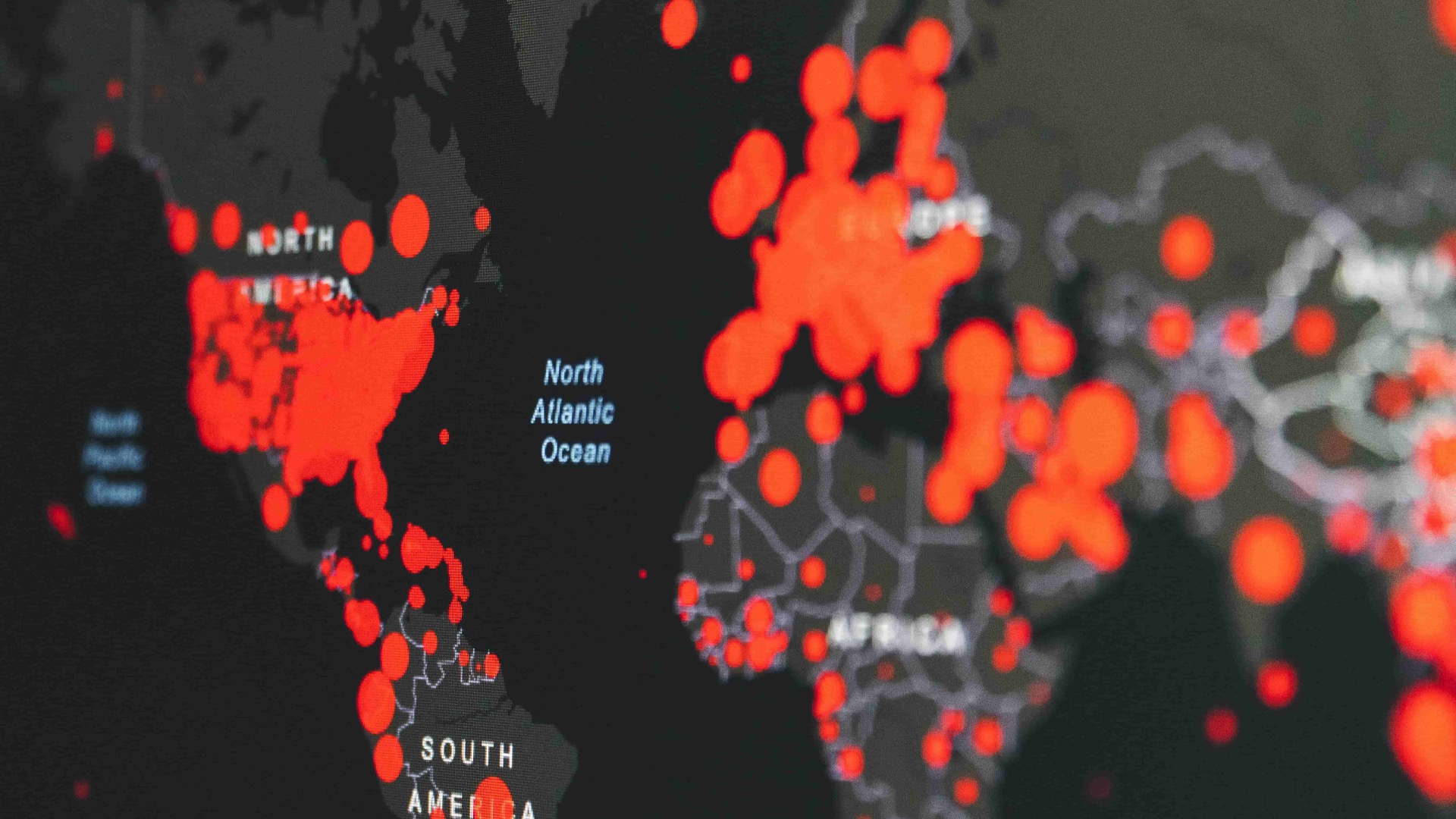As people live longer, healthcare costs continue to rise, especially in countries with rapidly aging populations. In China, where over 280 million people are aged 60 or older, managing healthcare expenses while ensuring quality medical care has become an urgent priority. Many elderly individuals suffer from chronic diseases that require long-term treatment, and the costs associated with hospital visits and medications put a strain on both families and the national healthcare system. To address this challenge, the Chinese government launched the largest free physical examination program in history, aiming to improve early disease detection and reduce medical expenses.
While the program has been running for over a decade, its actual impact has remained unclear. A new study now reveals that these free health checkups are not only increasing participation in preventive care but also significantly cutting medical costs, particularly in reducing hospitalizations.
How the Free Health Checkup Program Works
Since 2009, China has gradually rolled out a nationwide initiative offering free annual physical examinations for individuals aged 65 and older. These checkups include assessments of lifestyle habits, blood tests, screenings for chronic diseases, and personalized health guidance. The goal is to detect potential health issues early, allowing for timely intervention before conditions worsen and require expensive treatments.
Despite being free, participation in the program is voluntary. Elderly individuals must choose to attend the checkups, raising concerns about whether people would take advantage of this service. The study analyzed data from the China Health and Retirement Longitudinal Study (CHARLS) between 2011 and 2018 to assess the program’s effectiveness. By comparing individuals who had access to the program with those who did not, researchers found that the initiative increased the likelihood of elderly people attending medical checkups by 4.3%. This might seem like a small increase, but the long-term impact on healthcare costs is significant.
A Big Reduction in Medical Expenses
The study’s findings revealed a striking trend. Elderly individuals who participated in the free checkups saw their total medical expenses drop by 28.4%. Hospitalization costs were reduced by 22.1%, showing that early detection and preventive care help keep people out of the hospital. However, outpatient expenses - such as doctor’s visits and prescription medications - did not change significantly. This suggests that while people continued to seek medical advice when necessary, they were able to avoid more serious health complications that would have led to hospital stays.
The study identified two main reasons for these cost reductions. First, early disease detection allowed individuals to manage their health conditions more effectively, reducing the need for emergency or intensive medical care later on. Second, the program promoted healthier behaviors by providing personalized health guidance, encouraging lifestyle changes that prevented illnesses from developing in the first place.
Interestingly, the study found that the program was especially effective for certain groups. People in rural areas, who often have less access to medical resources, benefited the most. The checkups also had a greater impact on younger seniors, particularly those in their mid to late sixties, as well as individuals with chronic illnesses. Those who were already dealing with long-term health conditions were more likely to experience significant savings on medical expenses.
Why Preventive Healthcare Matters
The success of China’s free physical examination program reinforces the idea that preventive healthcare is one of the most cost-effective strategies for managing aging populations. Investing in regular screenings and early interventions not only helps individuals live healthier lives but also reduces the financial burden on healthcare systems. The World Health Organization estimates that every dollar spent on prevention can save up to eight dollars in treatment costs. This study provides real-world evidence to support that claim, showing that a relatively small investment in annual checkups leads to major savings in long-term healthcare expenses.
Despite the program’s success, there is still room for improvement. Participation rates, while increasing, are not as high as they could be. Many elderly individuals, particularly those over the age of 75, may face mobility challenges that make it difficult to attend checkups. Others may lack awareness of the program or underestimate the importance of preventive screenings. Expanding outreach efforts and offering mobile health services could help ensure that more seniors take advantage of this initiative.
A Model for Other Countries
China’s large-scale free checkup program serves as a valuable case study for other nations facing similar healthcare challenges. As populations around the world continue to age, governments must find sustainable ways to balance healthcare costs with the need for high-quality medical care. This study suggests that providing free, routine health screenings for older adults is a highly effective strategy.
By shifting the focus from treating diseases to preventing them, healthcare systems can become more efficient and cost-effective. For developing countries, where medical resources may be limited, implementing similar programs could help improve public health outcomes without overwhelming national healthcare budgets.
As China continues to refine its approach, future research will explore additional ways to enhance the program’s effectiveness. Possible improvements include expanding the types of screenings offered, increasing accessibility for those with mobility issues, and integrating more digital health tools to track long-term health outcomes.
Looking Forward
Preventive healthcare has the power to transform lives, and China’s free checkup program is a clear example of how small policy changes can lead to big results. By encouraging early disease detection and promoting healthier lifestyles, this initiative is not only improving the well-being of elderly individuals but also reducing the financial strain on families and the healthcare system.
With the growing recognition that prevention is better than cure, China’s large-scale effort may pave the way for other nations to adopt similar strategies. As healthcare systems worldwide look for sustainable solutions, investing in free checkups for aging populations may prove to be one of the smartest moves they can make.


